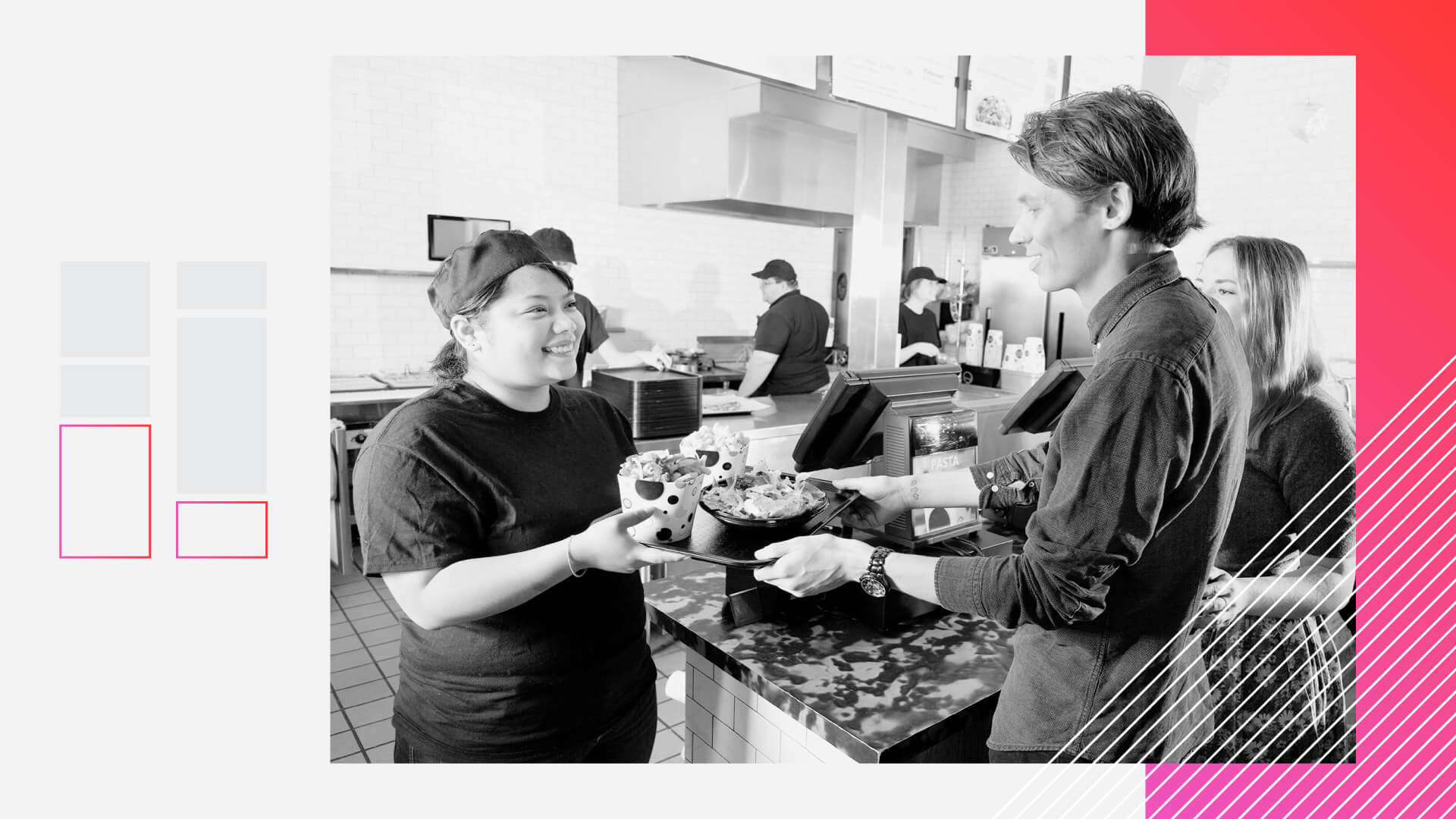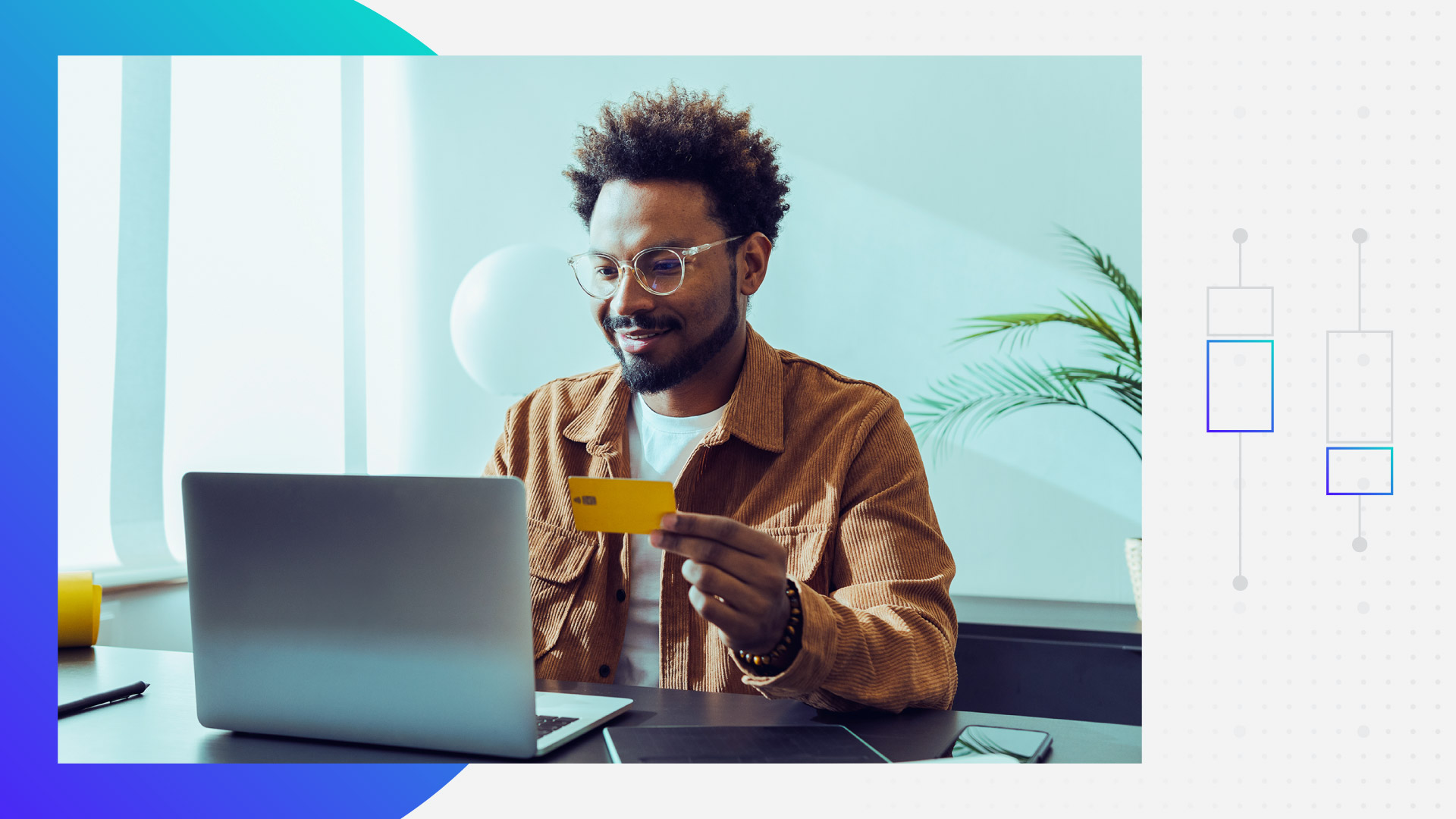Food Delivery Services Continue to Grow in Popularity

Key Takeaways
- 37% of U.S. adults say they use a food delivery app, up 10 percentage points since 2020.
Young consumers are frequent users: About 1 in 5 Gen Zers (22%) and millennials (20%) say they use a food delivery service at least once a week.
Brands in this space must highlight quality, convenience and sustainability to deepen relationships with key customers.
Sign up to get the latest global brand, media and marketing news and analysis delivered to your inbox every morning.
With the worst of the COVID-19 pandemic in the rearview mirror, we can now reflect on some of the positives that came from the early lockdown experience. Like Tiger King. Animal Crossing. That strange celebrity rendition of “Imagine” on social media (okay maybe that one wasn’t a positive). And of course, ordering a contact-free dinner via the click of a button on a meal delivery app.
These apps — including DoorDash, GrubHub, Postmates and UberEATS — weren’t new in 2020 per se, but pandemic-related lockdowns brought their usage much more into the mainstream. At the time, it was by necessity, but Morning Consult Intelligence data reveals that consumers haven’t tossed them aside with their sourdough starters. In fact, they’re getting even more popular.
More consumers are ordering from food delivery apps
After an initial uptick in early 2020, the share of U.S. adults who say they use food delivery apps has been steadily climbing. Now, more than four years since the beginning of the pandemic, the share of consumers who say they use delivery services has grown 10 points, from 27% to 37%.
Encouragingly for these brands, the growth is not only happening among casual users. The share of consumers who say they use food delivery services once a week is up 5 points since 2020, and the share who say they do so daily is up 2 points (though it’s still a small fraction of consumers overall).
Food delivery apps are continuing to grow in popularity

These growing numbers suggest that food delivery apps, while often used out of necessity in the early days of the pandemic, have become a part of the regular routine of Americans, who leverage the services for convenience, variety, and indulgence, among other reasons. In other words, they’re here to stay.
Younger generations, parents and singles are key consumers for food delivery brands
While delivery services have grown in popularity, they don’t resonate equally with all demographics. One area with notable gaps is the generational divide. Gen Zers and millennials are the most likely generations to be weekly users of delivery services, while their older counterparts lag behind. Gen Xers’ usage has grown since 2020, though still only 12% say they are weekly users. One reason for the increased usage among younger consumers may be the tech-forward nature of the brands: Gen Zers and millennials are more adept at using the apps required to order from DoorDash, GrubHub and the like.
Younger consumers are more likely to use delivery apps regularly

There are also some life stage differences. Specifically, parents are more likely than nonparents to be weekly users of delivery services, which is logical given the demands of meal planning and cooking for a family. However, single people are more likely than those who are married to order regularly, revealing the other side of the spectrum — it’s a sometimes fruitless effort to plan and cook for one person.
Most surprisingly, there is very little difference across income groups when it comes to weekly food delivery. These apps are often thought to be the privilege of high-earners, but the share of those making $100,000 or more who engage with these brands weekly is actually equal to low-income consumers, and one point less than middle income consumers.
Food delivery services can tap into unique motivators to retain customers
Convenience is often touted as the key feature of food delivery and meal kit services, but the psychographic profile of these services’ consumers reveal other areas that brands can highlight. In particular, three themes emerge for this group.
The first is that they’re more likely to focus on quality and efficiency of products and services. Delivery brands that aim to drive loyalty with these customers should focus on benefits related to these areas — for example, the seamlessness of one-click ordering compared with the time and effort needed to make a meal from scratch, or the high standards of restaurants on the platform.
Weekly delivery users have unique psychographic drivers

Weekly food delivery customers also resonate with statements related to serendipity more than the general public. Brands in this space can answer that desire by taking away some of the decision fatigue related to daily meals — suggesting new options and encouraging outside-of-the-ordinary choices will delight these customers, lighten the mental load of meal planning, and likely keep them coming back.
And a final area these brands should be hyper focused on is sustainability. Often individual deliveries are not the most sustainable given materials used (such as single-use plastics), fuel for couriers, and the like, but this group is more likely than adults as a whole to say they are environmentally-conscious, even to the point of changing their lifestyle or paying more for sustainable products. In order to keep these customers for the long term, brands will need to invest in sustainability-related features, such as adding filters to search for restaurants who prioritize the environment, or allowing customers to opt out of certain packaging choices.
Morning Consult Intelligence customers can access the platform here. If you are interested in learning more about our Audience data, reach out to your Morning Consult contact or email [email protected].
Lindsey Roeschke is an analyst whose work focuses on behavior and expectations of consumers in the travel & hospitality and food & beverage categories, particularly through a generational and cultural lens. Prior to joining Morning Consult, she served as a director of consumer and culture analysis at Gartner. In addition to her research and advisory background, Lindsey has more than a decade of experience in the advertising world. She has lived and worked in seven cities across four continents.


